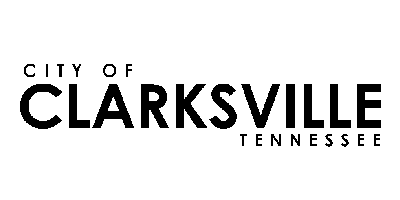Job posting has expired
Back to search resultsMeter Reader
 City of Clarksville City of Clarksville | |
 $39,062.00 Annually
$39,062.00 Annually
| |
 please see the city of clarksville's benefits page for applicable benefits information.
please see the city of clarksville's benefits page for applicable benefits information.
| |
 United States, Tennessee, Clarksville | |
 2215 Madison Street (Show on map) | |
 Jul 24, 2025 Jul 24, 2025 | |
| |



